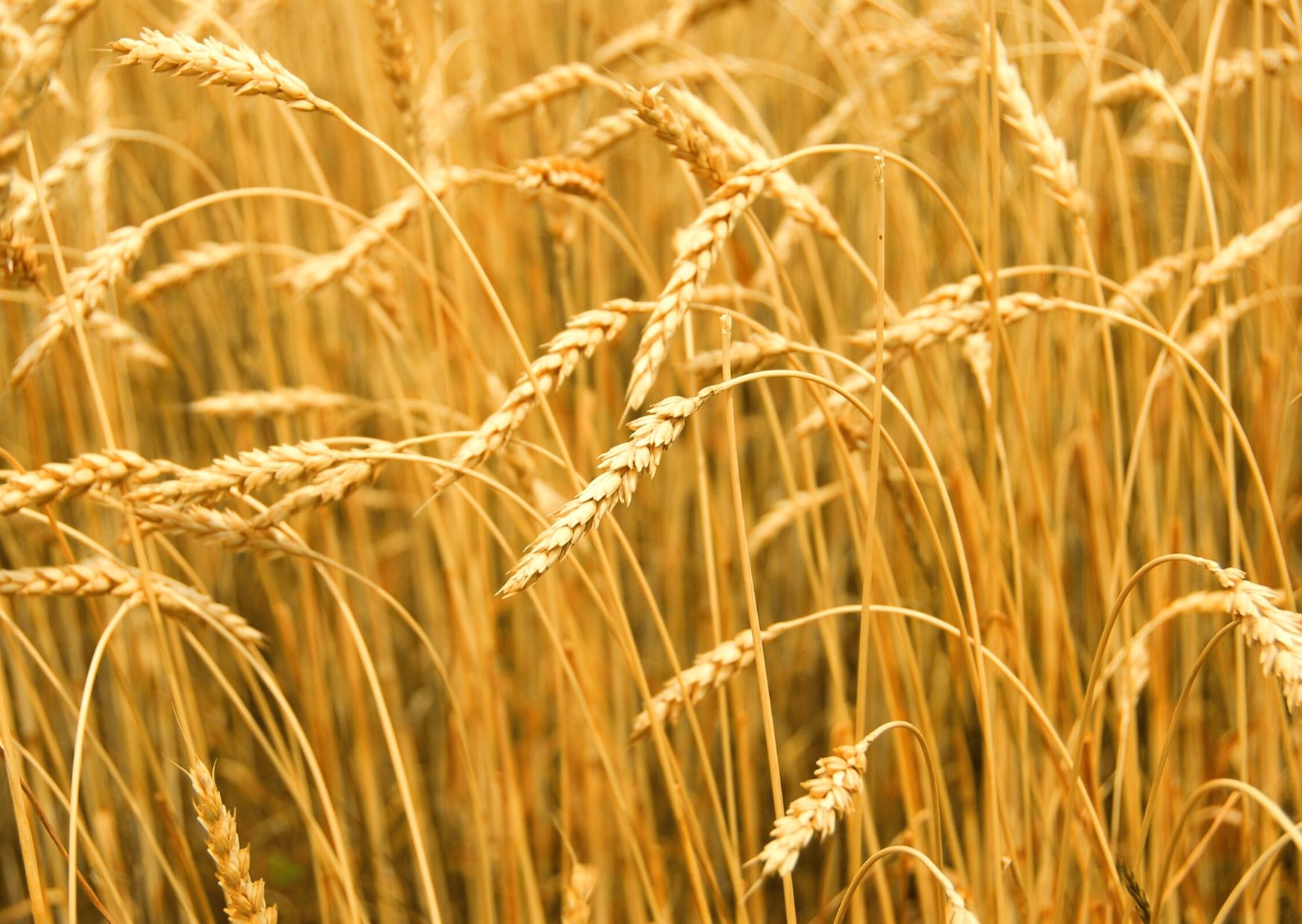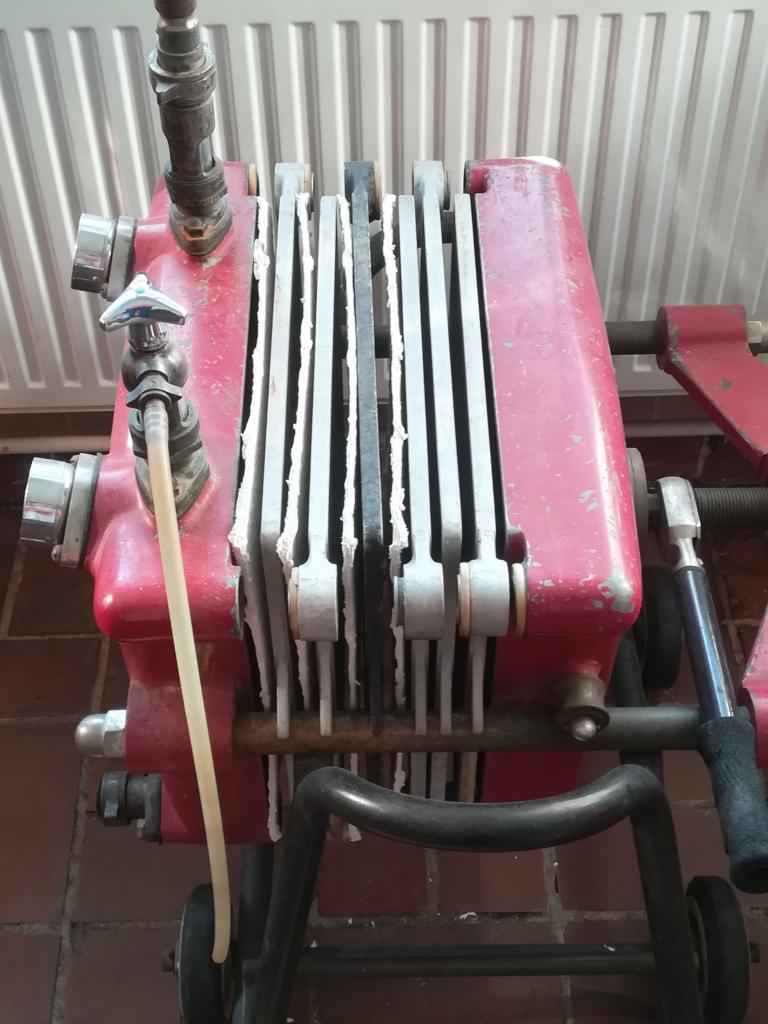
All you need
to know about
vodka
in a nutshell
Vodka is a neutral spirit distilled at above 95% ABV, a neutral spirit is distilled so it has no distinctive character, aromas, colour or taste. In the real world, both the water and the filtration processes will allow vodkas to present subtle differences.
The regulations
Here are the EU texts related to vodka.
(1) A spirit drink produced by either rectifying ethyl alcohol of agricultural origin, or filtering it through activated charcoal, possibly followed by straightforward distillation or an equivalent treatment, so that the organoleptic characteristics of the raw materials used are selectively reduced. The product may be given special organoleptic characteristics, such as a mellow taste, by the addition of flavouring.
(2) Bottled at a minimum alcoholic strength of 37.5 % abv.
Since 2007 there is another subtlety as per European vodkas: vodkas can be distilled from grain and/or potatoe and/or other raw material. If a vodka is produced from another raw material (grapes, etc) the label must state which raw ingredient.
There are two PGI in Europe (PGI=protected geographical indication)
– Polish vodkas can be made exclusively in Poland with Poland grown grain or potatoes.
– Estonian vodkas must be made with 100″ estonian raw material and water.
Sweden, Norway, Lithuania, and Finland are also in the process of getting their own PGI.
The United States has similar requirements. It adds that distillation must be at or above 95% and bottling at no less than 40% abv.
In short:
The differences between the EU and the US requirements are that the US insists on the neutral aspects of vodka- it has to be a neutral spirit first-, whereas the EU allows the possibility to keep some organoleptic characteristics of the raw materials
Flavoured vodkas exist but they obey to a different set of laws.
Did you notice something ? No definition mentions Russia nor potatoe… 🙂
The geography of vodka
Everywhere. Really. Easy to remember right ?
The history of vodka
Speaking of which (Russia not potatoe) the history of vodka is long and full of controversy, reminiscing the history of Pisco, for two countries do claim being the country of origin of vodka: Poland and Russia.
Vodka may come from the Russian “voda” (water) or the Polish word “woda” (“wodki” or “little waters” was also used then). This etymology is not helping to part the adversaries.
WHAT GOES IN FAVOUR OF RUSSIA
Is vodka the brainchild of a Greek monk named Isidore who lived in Russia? In 1430 he was in Rome and he may have seen how distillation works. Maybe he then fabricated or imported a still or maybe it already existed but it was not documented. He keeps coming back as the inventor of vodka though.
WHAT GOES IN FAVOUR OF POLAND
It is in Poland, in 1405, that the first written mention of a distilled spirit being made from grain is recorded (and again in 1523 in a medical texts titled On Herbs and Their Powers, by Stefan Falimirz.)
What this history explains first of all, is why vodka remained primarily an Eastern and Northern European drink of choice for centuries. It was not until the 1930s that it began to gain popularity in Western Europe and North America.
How is vodka made?
The ingredients: anything
As said earler, vodka often associated with potatoes, which is not wrong but actually not common. Vodka existed long before potatoes came back from the European invasions of the Americas. Because of an excess of potatoes in central Europe in the 1800’s, distillers have been experimenting with them. Distillation is always linked to agriculture, in one way of another as it is often a way to use crops in excess and no waste food.
Actually anything that is fermentable would work and can be the raw material for vodka!
The choice of base material has a light impact of the final taste, as the goal is to reach maximum purity, neutrality through high abv distillation. In some cases though, it does have an impact, only if it is the wish of the distiller.
As written above, the only restriction is according to where you are (ie in EU) is has to be an agricultural product.
Some ingredients and their effects on the taste of the vodka
Wheat – a vinous texture, clean flavour and an aniseed finish, sometimes with an oily mouth feel. Scandinavian vodkas are often wheat based. Quite acidic, like barley based vodkas.
Barley – clean and crisp aromas, smooth, slightly sweet flavour, low in oil, makes the lightest vodkas
Rye – light zesty and sweet spices aromas, hints rye bread, natural zesty citric finish. Ex : Moskovskaya, Belvedere, Wyborowa as it is indeed the grain of choice for Russian vodkas. Quite acidic like wheat based vodkas.
Corn : buttery, sweet corn flavours, soft and delicate. It is more often used in the USA.
Molasses tends to be used in cheaper vodkas, though this depends on the cost of grain. It can also be chosen as it leaves no waste.
Potato – a creamy and full bodied texture with a weighty mouthfeel.
The fermentation of vodka
Except in industrial distilleries where molasses is used it is necessary to grind the grains or smash the potatoes. This will be transformed into a mash, ready to undergo fermentation. Fermentation, as we saw previously, is triggered by the addition of hot water for it allows the fabrication of enzymes, which transform starch into sugar. The water is sometimes demineralised or ionized (follow the links to understand what those types of water are) to reduce aromas which would not be wanted. The acidity of the water can also play a role. Then yeasts are added and start transforming sugars in the mash into ethyl alcohol.
The distillation of vodka
Distillation procedures matter as type, shape and size of still will have impact on the final style.
For a long time when distillation wasn’t to the quality level as it is now, the liquids were often let outside to freeze. Water was becoming ice but not alcohol. Alcohol was then collected (which is not without risks and not a good idea to copy!).
Today this is often the multiple columns distillation system that is chosen over pot still but some vodka for taste and marketing reasons are done with a pot still (such as Ketel).
Column stills allows multiple distillations, and so it eliminates the congeners and keep enough texture. In any case there is no law or reglementation urging to use one system over the other. It is up to the producer.
You may need up to 6 distillations for a very pure vodka, without residues or congeners. After distillation the liquid is cooled down.
The importance of filtration in vodka production
One of the characteristics of vodka is its purity and transparency. Filtration is a key step in the finishing stage of production as it creates the sought after purity many consumers look for.
However filtration is in no way compulsary either in the EU nor in the US. Some distillers choose not to use this process as they feel that the well-controlled production process has already achieved the required level of purity and that it could remove congeners that might be positive.
Different methods of filtration are in use:
-letting the liquid settles and impurities will go down
-using coagulant agent such as milk or egg yolk
-using chill-filtration which removes any solids
-using some use fabric, stones, sand or paper
-using charcoal. The definition of activated charcoal is that which has been treated either by steam or chemicals to make it more absorbent. Filtration is done by either pumping the vodka through several consecutive columns of charcoal or, in the case of cheaper vodkas simply seeping it into tanks containing charcoal.
Interesting to note that with vodka, there is an emphasis on the filtration but the materials or tools to achieve filtration are rarely explained.
Some vodkas claim to be filtered through gold or platinum. Does that make the vodka more precious?
This is particularly hard to measure the effects of these choices on the resulting spirit. With or without filtration does make a strong difference, but as per the technique of filtration… it seems the effect is most felt on the price tag than the palate.

Here for example is the picture of a filtering process from the 70’s. One can still see the cotton sheets through which the spirit was filtered. We are very far from a glamorous ad claiming gold filtration, but probably closer to more of the vodka we have access to.
Flavoring or coloring
This spirit does not legally require anything added to it although some producers include additives such as glycerol or sugar to give the vodka more body and mouth-feel or natural colourings to make it recognizable such as saffron. The Zubrowka vodka gets its slight lemon green tinge from the bison grass it is flavoured with.
NB:
Vodka, which is a crisp, pure, almost flavourless spirits, can be used as a base spirit for the production of a large number of flavoured spirits such as gin!
Bottling and the question of water in vodka
After being filtered, the spirit is dilluted with water to reduce the abv. The minimum bottling strength in the EU is 37.5%; though it is not unusual to have vodkas of up to 50% ABV.
In the quest for purity, water is a great factor to obtain a great vodka just like the water of Japan makes Japanese whiskies unique.
Some brands use deionised water, softened water or demineralised water while others claim to use “water of glacial origin” and other use normal city water, filtered with charcoal.
Styles and classification of Vodka
There are no uniform classifications of Vodka.
In Poland, Vodkas are graded according to their degree of purity:
standard (zwykly),
premium (wyborowy) and
deluxe (luksusowy)
In Russia Vodka that is labeled
osobaya (special) usually is a superior-quality product that can be exported
krepkaya (strong) denotes an overproof Vodka of at least 56% abv.
And in other parts of the world?
Finland, along with the Baltic States of Estonia, Latvia, and Lithuania, produce primarily grain-based Vodkas, mostly from wheat.
Sweden has, in recent decades, developed a substantial export market for its straight and flavored wheat-based Vodkas.
Western Europe has local brands of Vodka wherever there are distilleries. The base for these Vodkas can vary from grains in northern countries such as the United Kingdom, Holland, and Germany, to grapes and other fruits in the winemaking regions of France and Italy.
TheUnited States and Canada produce nonflavored Vodkas, both from various grains (including corn) and from molasses. American Vodkas are, by law, neutral spirits, so the distinction between brands is more a matter of price and perception than taste.
The Caribbean produces a surprising amount of Vodka, all of it from molasses. Most of it is exported for blending and bottling in other countries.
Australia produces molasses-based Vodkas, but few are exported.
Asia has a smattering of local Vodkas, with the best coming from Japan.
(source: vodka mixologist)
Flavored vodka
Vodka can be flavoured in many ways. This might be achieved using natural or nature-identical flavourings are added using cold compounding. Traditionally, vodka was flavoured using natural flavours of fruits and spices (from pepper to fruits), nowadays all kind of combination have been experimented from peanut butter to pop corn or black garlic.
Nowadays, vodka is flavoured using nature-identical flavourings, with the exception of some premium-flavoured vodkas which use some maceration process.
Please read the gin 101 for all the flavour addition techniques.

